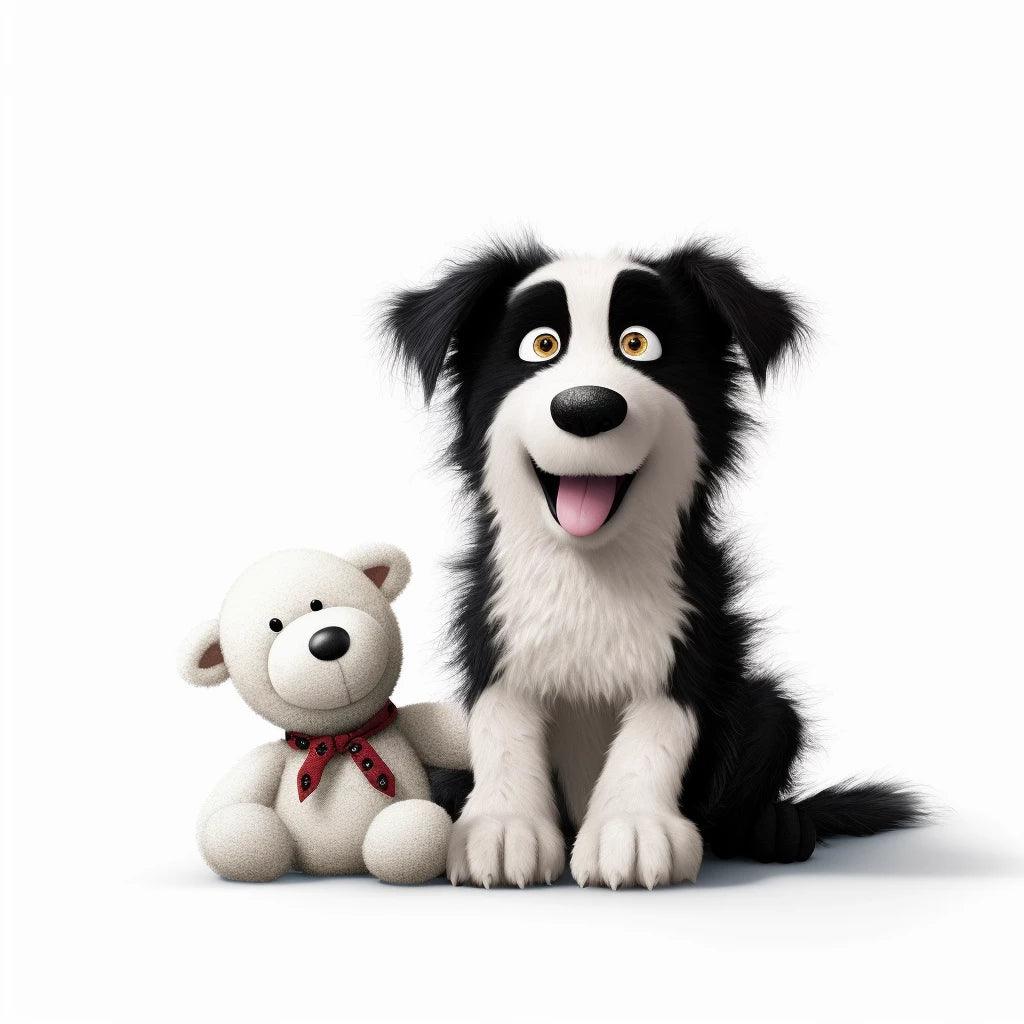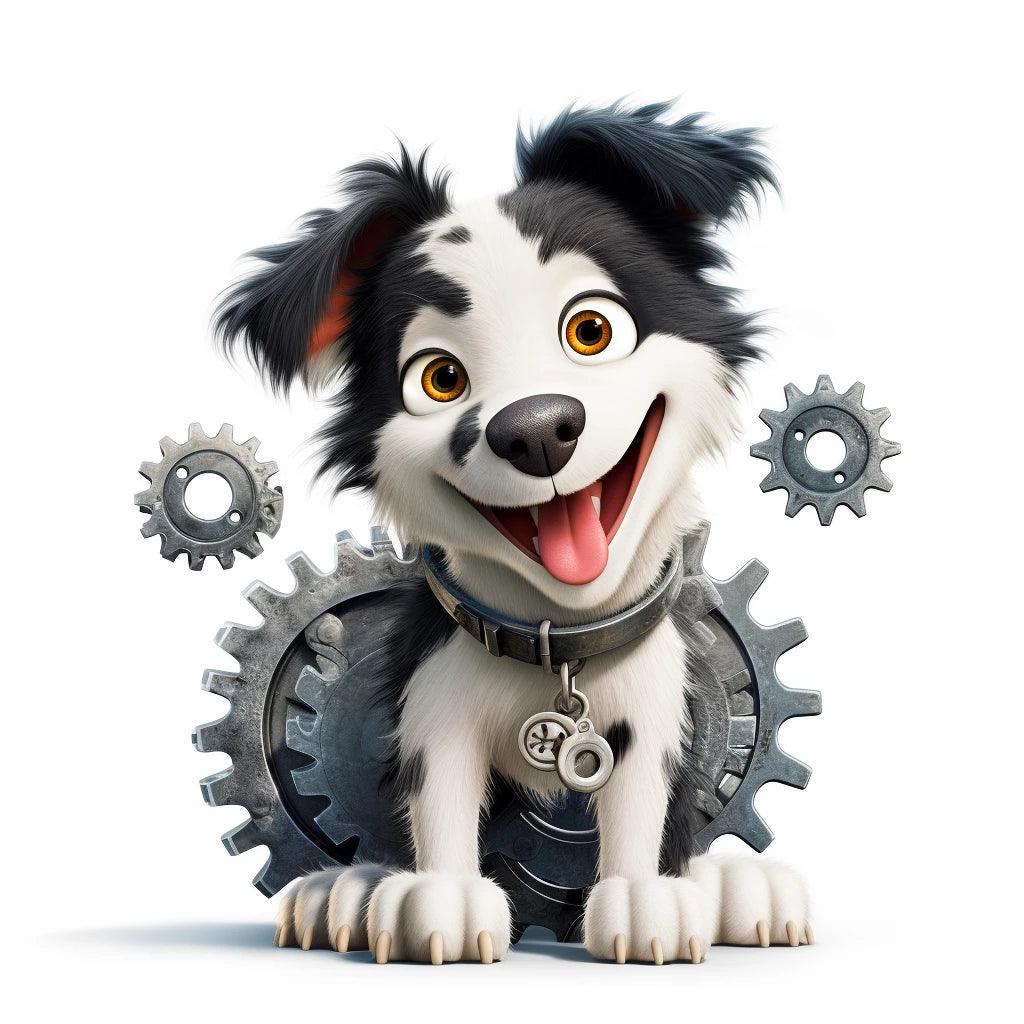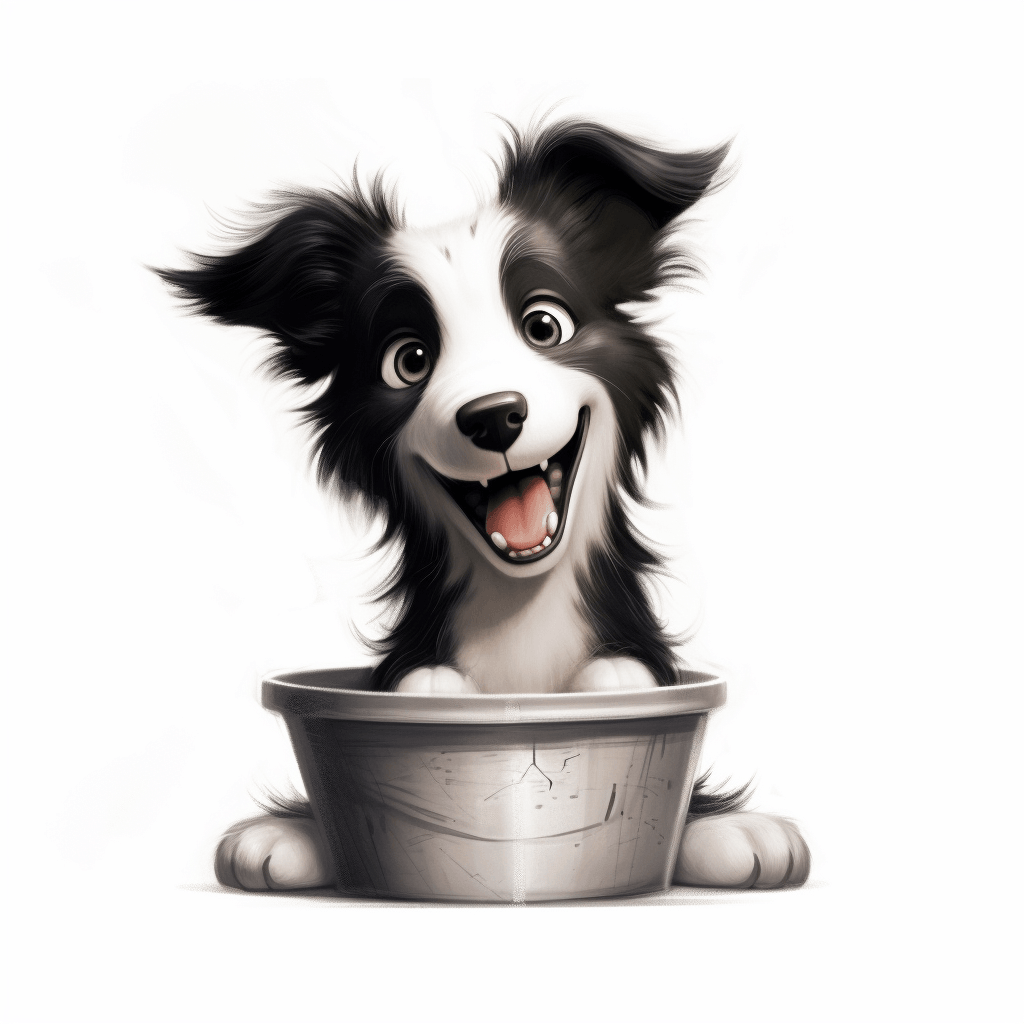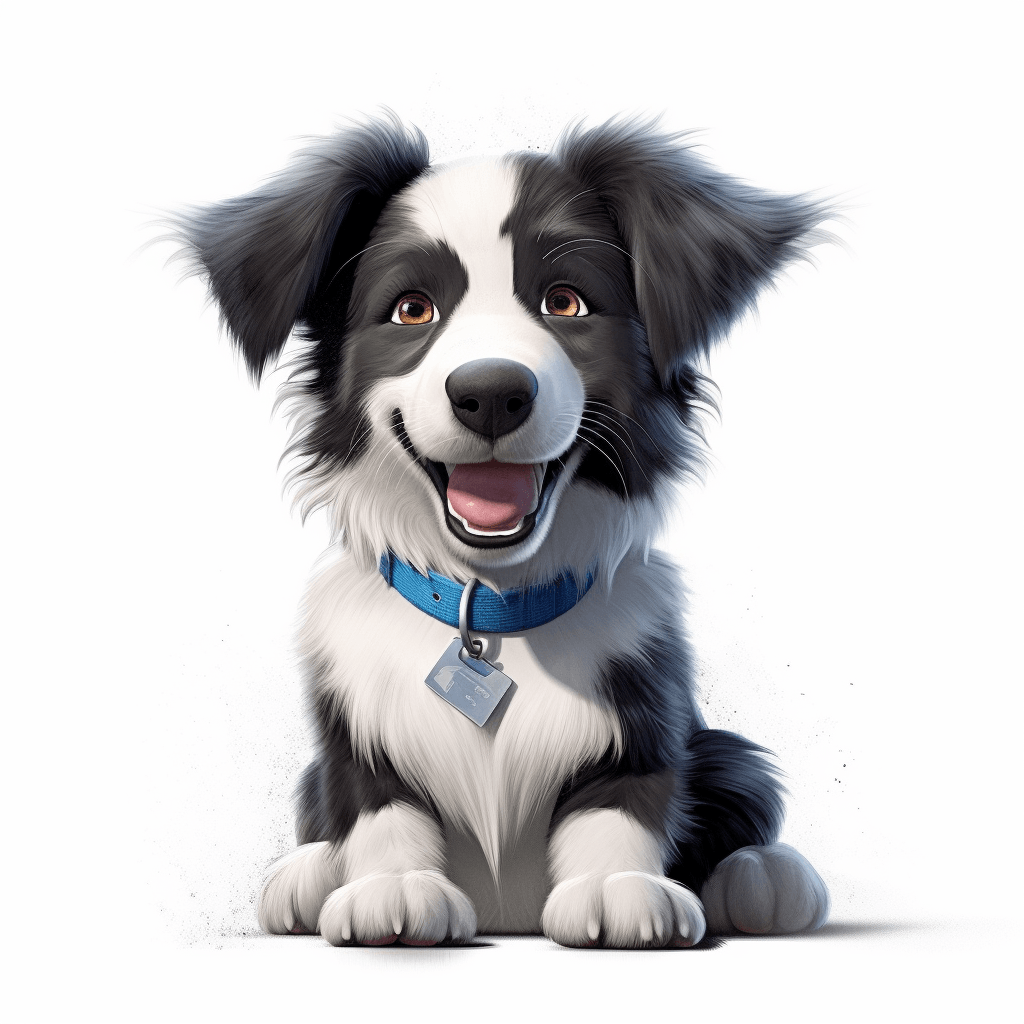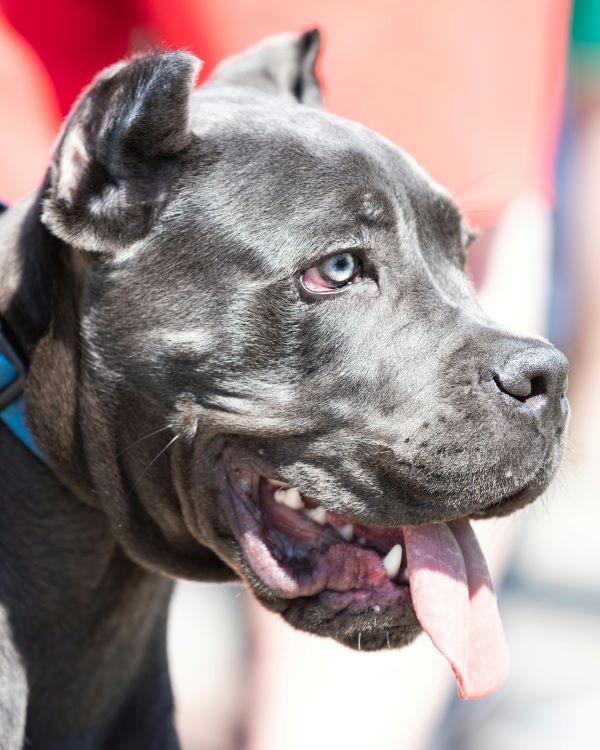
Molosser Dogs: Gentle and Loyal Giants
Share
The mastiffs, with their imposing stature and majestic expression, captivate as much as they intimidate. These giants, often wrongly perceived as simple brute forces, in reality hold a rich history, a complex personality and unwavering loyalty. This article explores the fascinating world of mastiffs, answering common questions about these remarkable dogs.
What are Molosser Dogs?
Molossers belong to a group of canine breeds characterized by their large size, massive body, broad head and often short muzzle. Historically, these dogs were used for tasks such as guarding herds against predators, protecting homes and, unfortunately, for fighting. Among the best-known breeds of mastiffs, we find:
- The English Mastiff
- The Dogue de Bordeaux
- The Bullmastiff
- The Cane Corso
- The Great Dane
What are Hounds?
The term "molosse" has its origins in Antiquity, named after the region of Molossia, in Epirus (present-day Greece), where these dogs were renowned for their courage and power. Today, mastiffs are recognized not only for their impressive physical strength but also for their stable temperament, patience and unconditional love for their family.
What is the Best Molosser?
The question of the “best” mastiff depends largely on each owner’s needs, lifestyle and personal preferences. For those seeking a loyal guardian and family companion, the Bullmastiff, with its calm temperament and protective nature, is often a preferred choice. For exercise enthusiasts wanting an active partner, the agile and energetic Cane Corso may be ideal.
What is the Biggest Molosser?
Among the mastiffs, the English Mastiff stands out for its gigantic size. Males of this breed can weigh up to 250 pounds (about 113 kg) or more, making them not only the largest mastiff but also one of the largest dog breeds in the world. Their imposing size, combined with an equally large heart, makes English Mastiffs gentle giants, affectionate with their families while also being incredible guardians.
Conclusion
Mastiffs, with their intimidating appearance and gentle nature, are loyal and protective companions. Choosing a mastiff as a member of the family is not a decision to be taken lightly; these dogs require a commitment of time, space and resources. In return, they offer love, loyalty and protection, embodying the quintessence of "man's best friend". Whether you are attracted by the regal stature of the Great Dane, the bravery of the Cane Corso, or the gentleness of the English Mastiff, welcoming a mastiff into your life promises an enriching adventure and lasting bonds.
Molosser Dog FAQs
Q1: Are mastiffs suitable as first dogs for people new to dog ownership?
Answer: Although mastiffs can be excellent companions, their size, strength and specific needs can present a challenge for first-time owners. A thorough understanding of the breed, positive training and a commitment to their welfare are essential.
Q2: Are mastiffs good with children?
Answer: Mastiffs can be incredibly gentle and protective of children with whom they have been properly socialized. However, due to their large size, adult supervision is recommended to prevent unintentional accidents.
Q3: What level of physical activity is required for a mastiff?
Answer: Despite their sturdy appearance, many mastiffs have moderate energy levels. They require regular physical activity appropriate to their size and health to maintain their physical and mental fitness, usually daily walks and play time.
Q4: How can I ensure my mastiff stays healthy?
Answer: Mastiffs require a balanced diet, regular veterinary exams, and close attention to potential health problems specific to the breed. Prevention of joint problems and weight management are particularly important.
Q5: Can mastiffs live in an apartment?
Answer: Although mastiffs can adapt to apartment living, they need room to move and regular exercise. Apartment owners must commit to providing frequent walks and finding spaces where their dog can exercise safely.
Q6: Are mastiffs expensive to maintain?
Answer: Due to their large size, mastiffs can be more expensive to care for than smaller breeds. This includes costs for food, healthcare, and potentially, specific accessories like beds and large harnesses.
Q7: How can I socialize my mastiff to avoid aggression?
Answer: Early and continued socialization is crucial to avoid aggressive behavior. Expose your mastiff to a variety of people, animals, environments and situations from a young age, always in a controlled and positive manner.
Q8: Do mastiffs need special training?
Answer: All dogs benefit from training, but mastiffs, in particular, require firm and consistent training to channel their strength in a positive way. Basic obedience and advanced training can help establish appropriate behaviors.
Q9: Can I take a mastiff for adoption rather than buying from a breeder?
Answer: Absolutely. Many mastiffs are waiting in shelters or rescue organizations for a second chance. Adopting can be a rewarding experience for you and provides a loving home for a dog in need.


